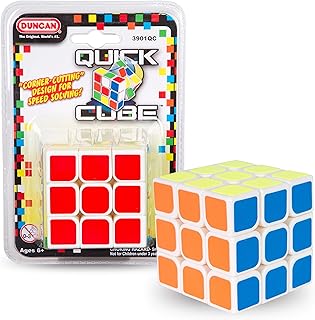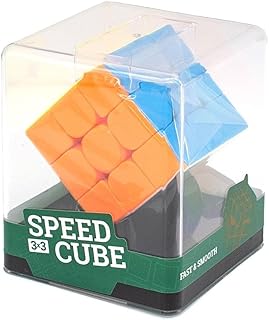A team of Purdue University students has achieved a remarkable feat by designing a robot that can solve a Rubik’s cube in a mind-boggling .103 seconds. These students, Matthew Patrohay, Junpei Ota, Aden Hurd, and Alex Berta, hailing from Purdue’s Elmore Family School of Electrical and Computer Engineering, collaborated to create the puzzle-solving robot, affectionately named “Purdubik’s Cube.”
Their groundbreaking achievement shattered the previous record of .305 seconds set by a robot from Mitsubishi Electric Corporation’s Component Production Engineering Center in 2024. Patrohay proudly shared that their robot’s speed is so swift that it can solve the Rubik’s cube in less time than it takes for a human to blink, highlighting the incredible precision and efficiency of their creation.
Robots solving Rubik’s cubes at lightning-fast speeds are not just a modern marvel but also a testament to the advancements in robotics and artificial intelligence. The Rubik’s cube, invented by Hungarian architect Erno Rubik in 1974, has long been a symbol of complex problem-solving and has captivated enthusiasts worldwide.
The Rubik’s cube, with its 43 quintillion possible combinations, presents a formidable challenge even for the most adept human solvers. The emergence of robots like the one developed by the Purdue University students showcases the intersection of technology and cognitive abilities, pushing the boundaries of what machines can accomplish in terms of speed and precision.
Robotics experts emphasize that the ability of machines to solve the Rubik’s cube at such breakneck speeds underscores the sophisticated algorithms and engineering behind these creations. The intricate design and programming required to enable a robot to analyze, strategize, and execute the complex movements needed to solve the Rubik’s cube in milliseconds are a testament to human ingenuity.
Furthermore, the application of robotics in puzzle-solving extends beyond mere entertainment or competition. The algorithms and methodologies developed for Rubik’s cube-solving robots have practical implications in various industries, including manufacturing, logistics, and even healthcare, where quick and accurate problem-solving can be crucial.
As technology continues to advance, we can expect further innovations in the field of robotics, with robots taking on increasingly complex challenges with speed and precision that surpass human capabilities. The Rubik’s cube, once a symbol of perplexity and intellectual prowess, now stands as a testbed for cutting-edge robotics and artificial intelligence developments.
In a world where automation and AI play an ever-expanding role in our lives, the Rubik’s cube serves as a reminder of the enduring appeal of puzzles and the limitless potential of human creativity and innovation in creating machines that can outperform us in tasks once thought to be exclusively human.
📰 Related Articles
- University of Colorado Boulder Unveils Quantum Rubik’s Cube Advancements
- University of Nevada Students Explore South Korea’s Education System
- University of Nebraska–Lincoln’s Coats for Kids Initiative Empowers International Students
- University of Miami Students Excel in Diverse Research Projects
- University Study Urges Enhanced Inclusion Strategies for Students with Disabilities






